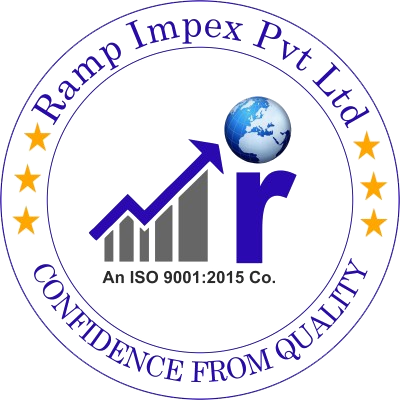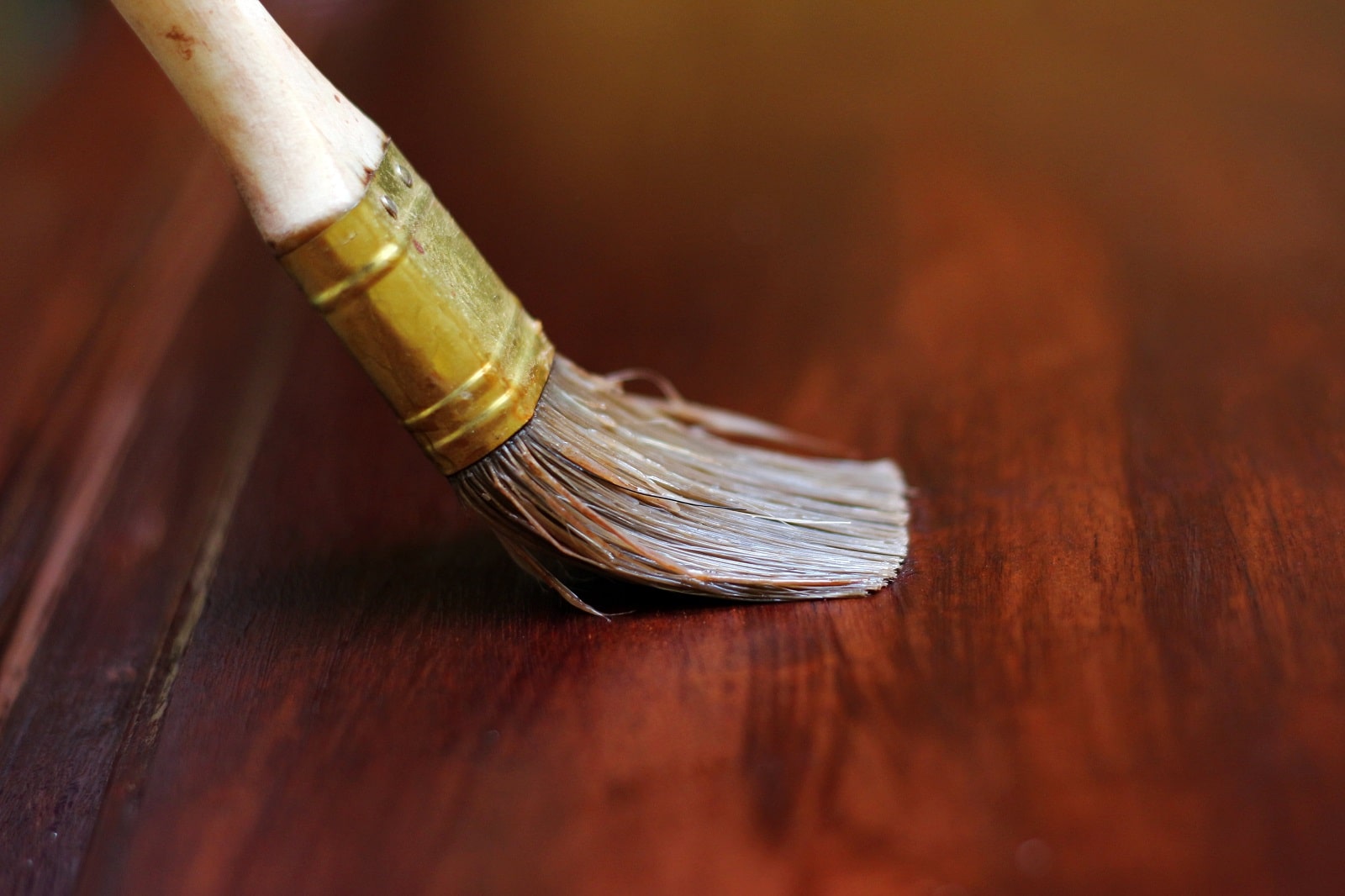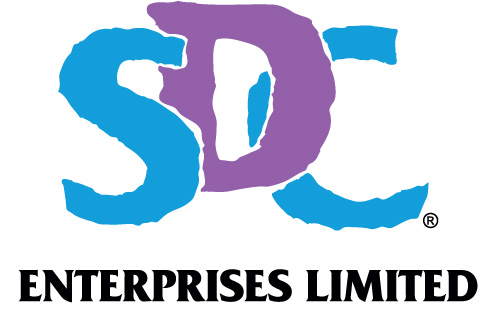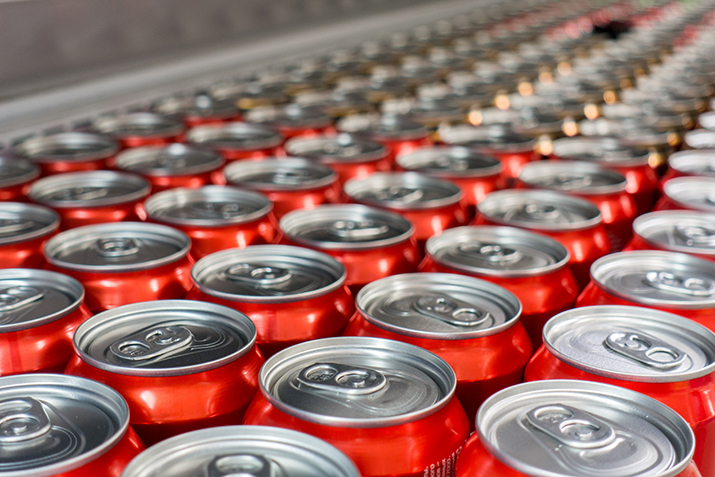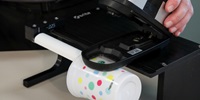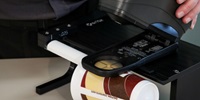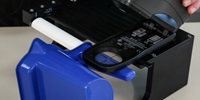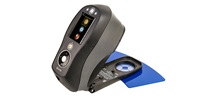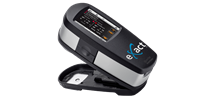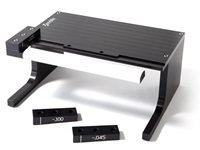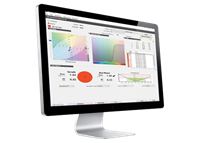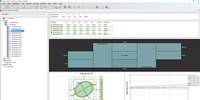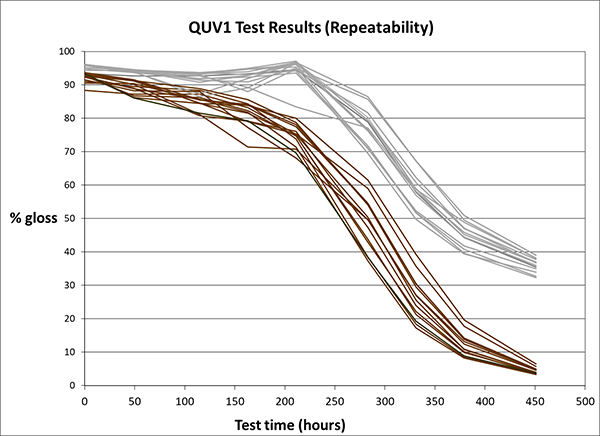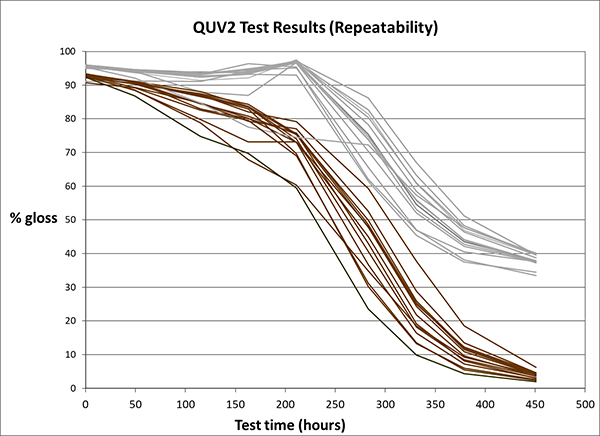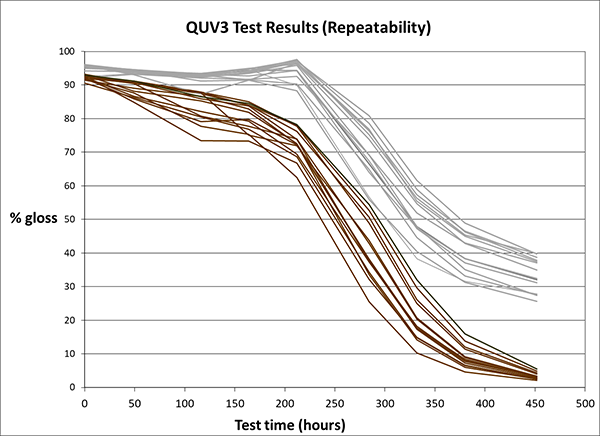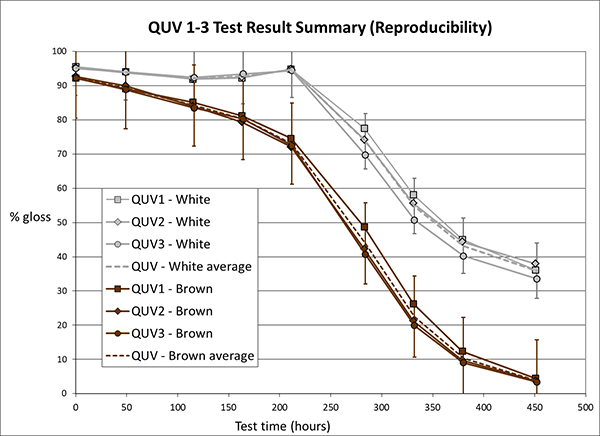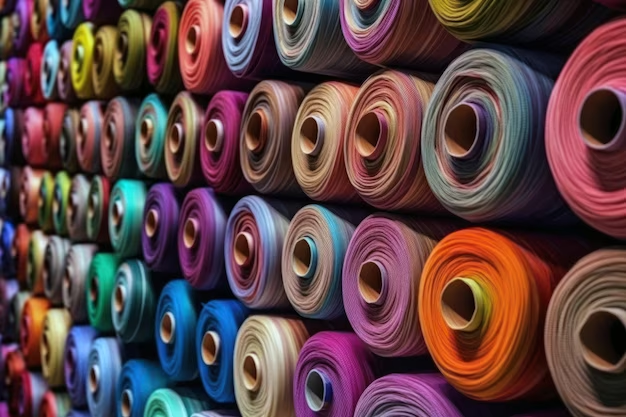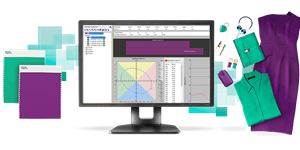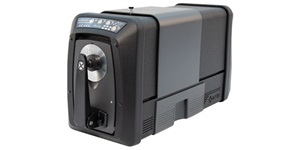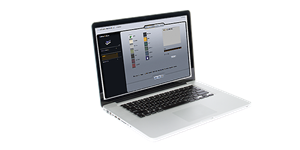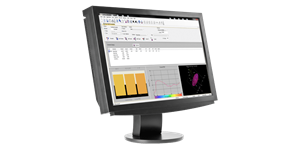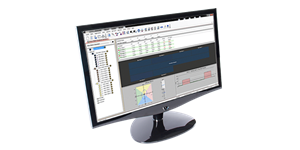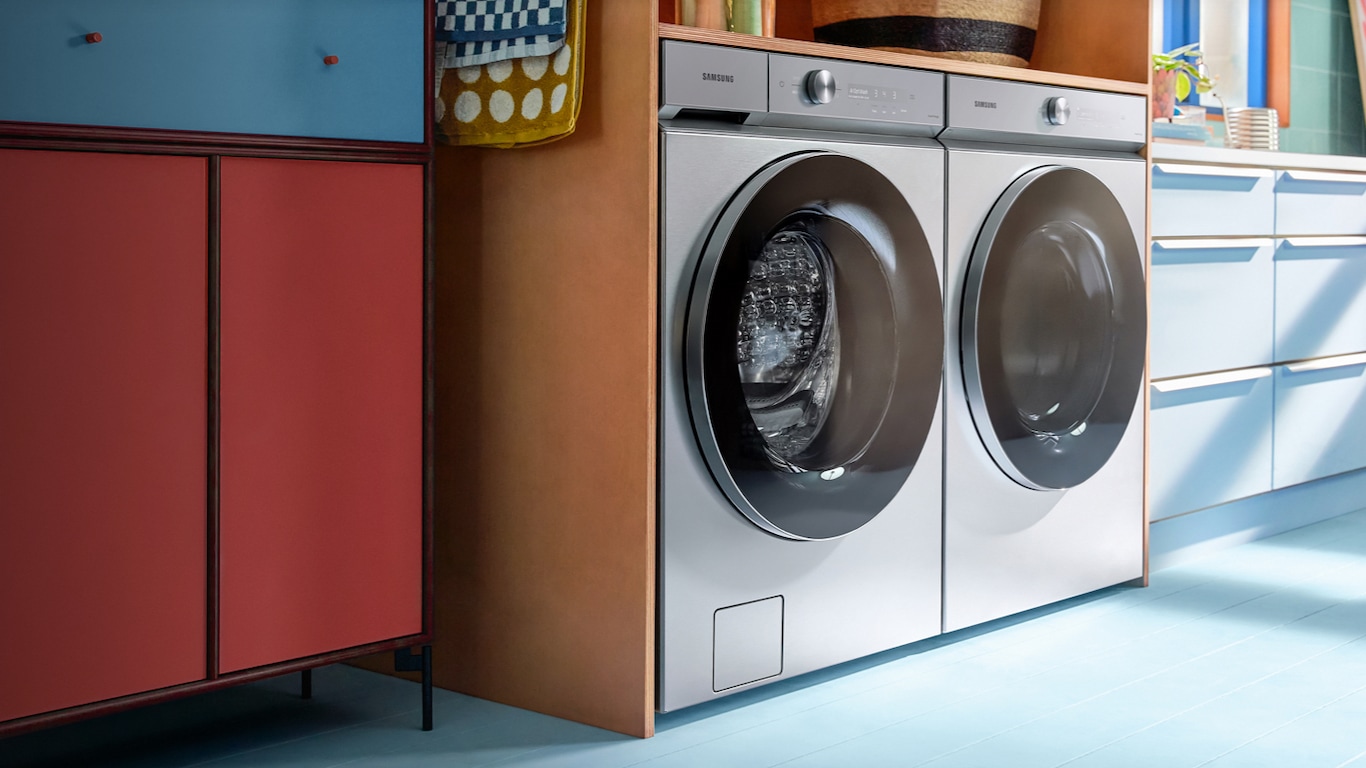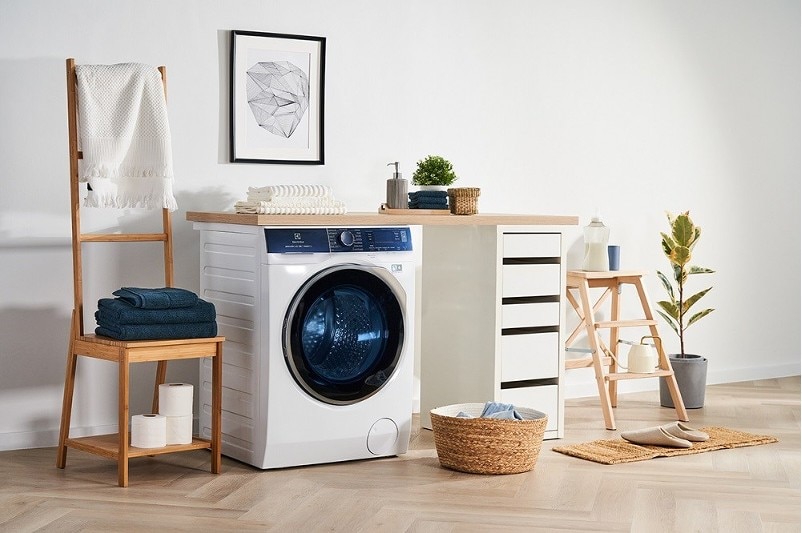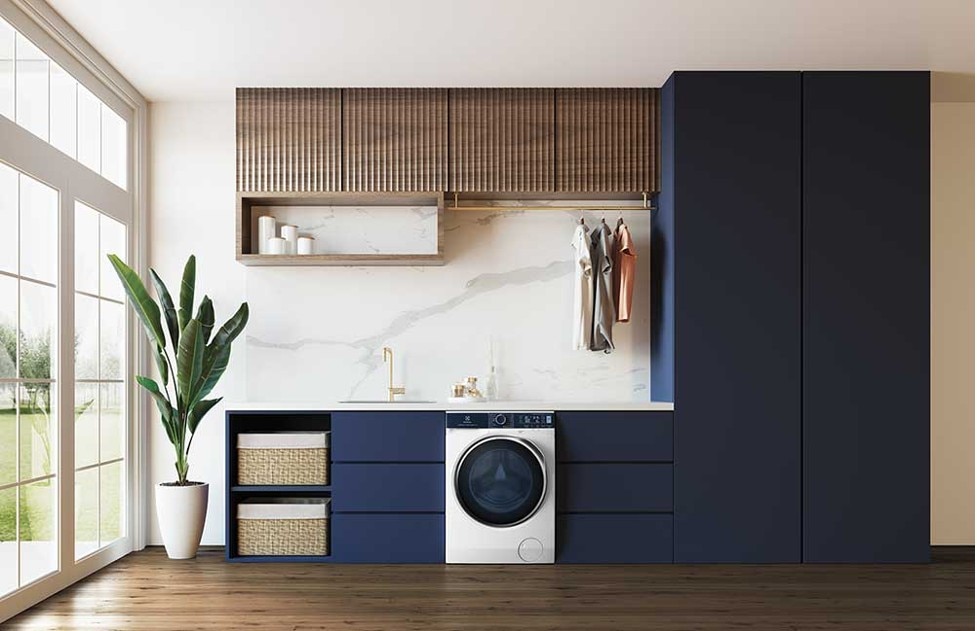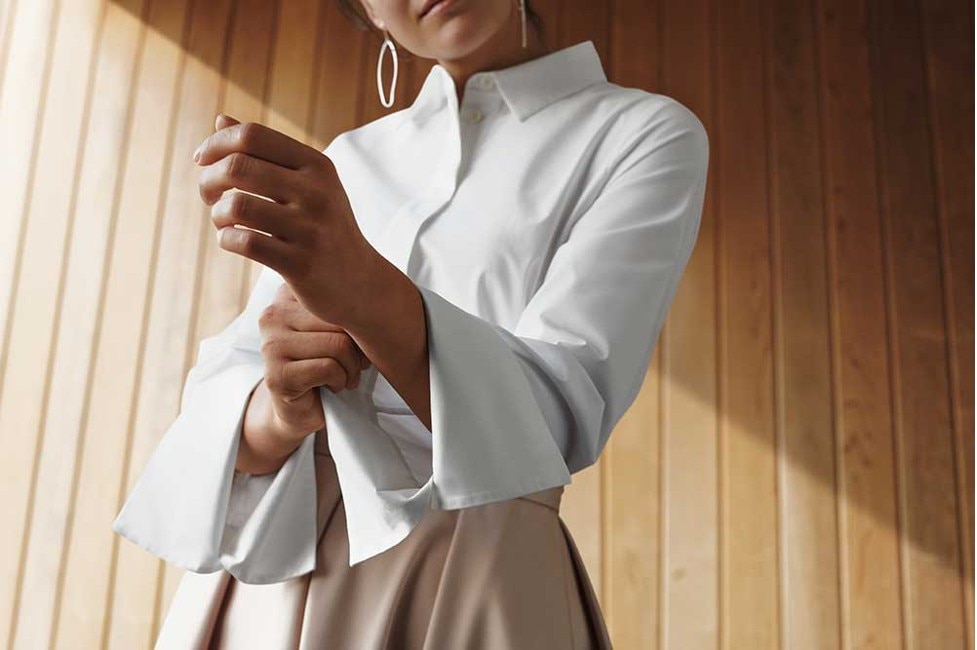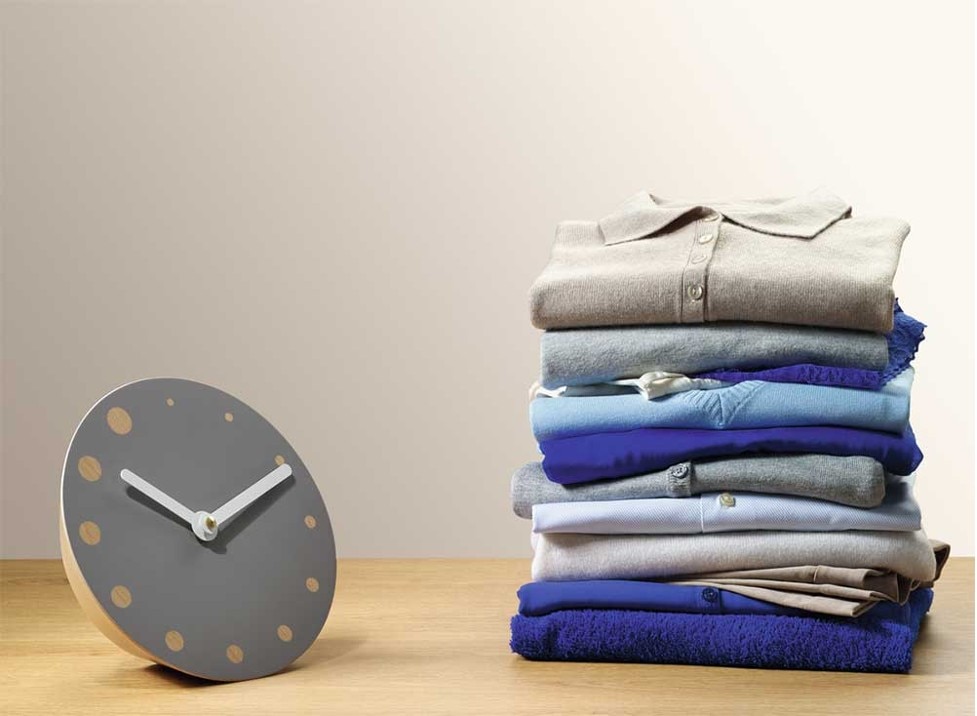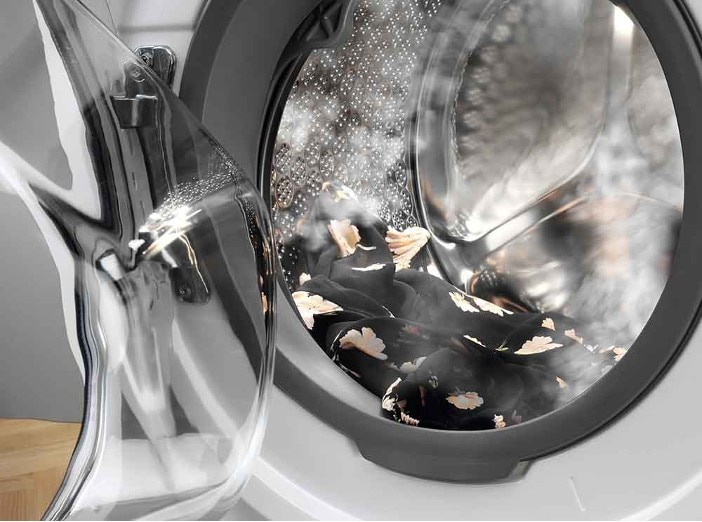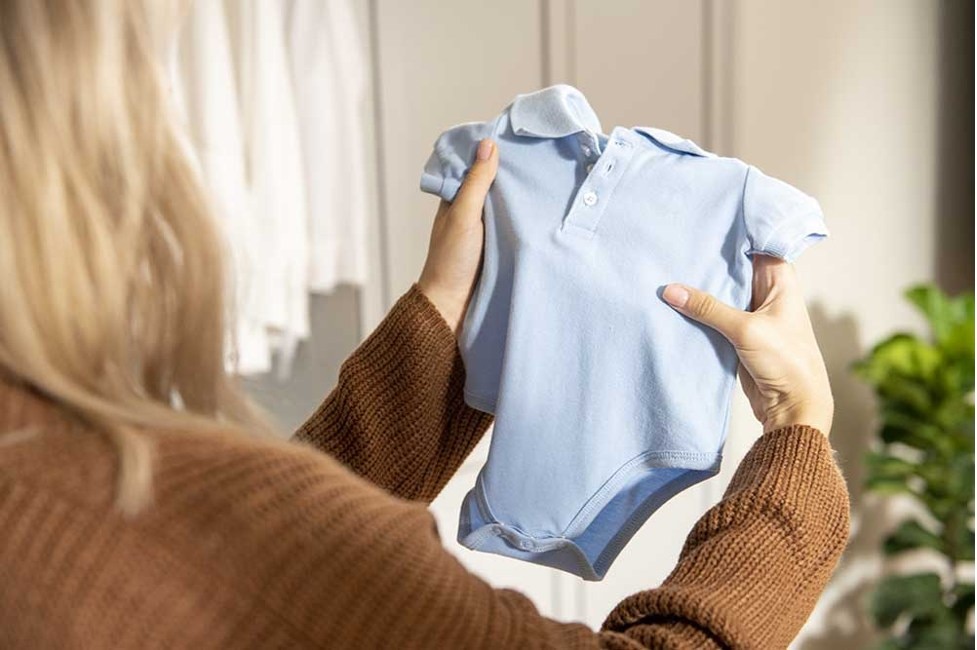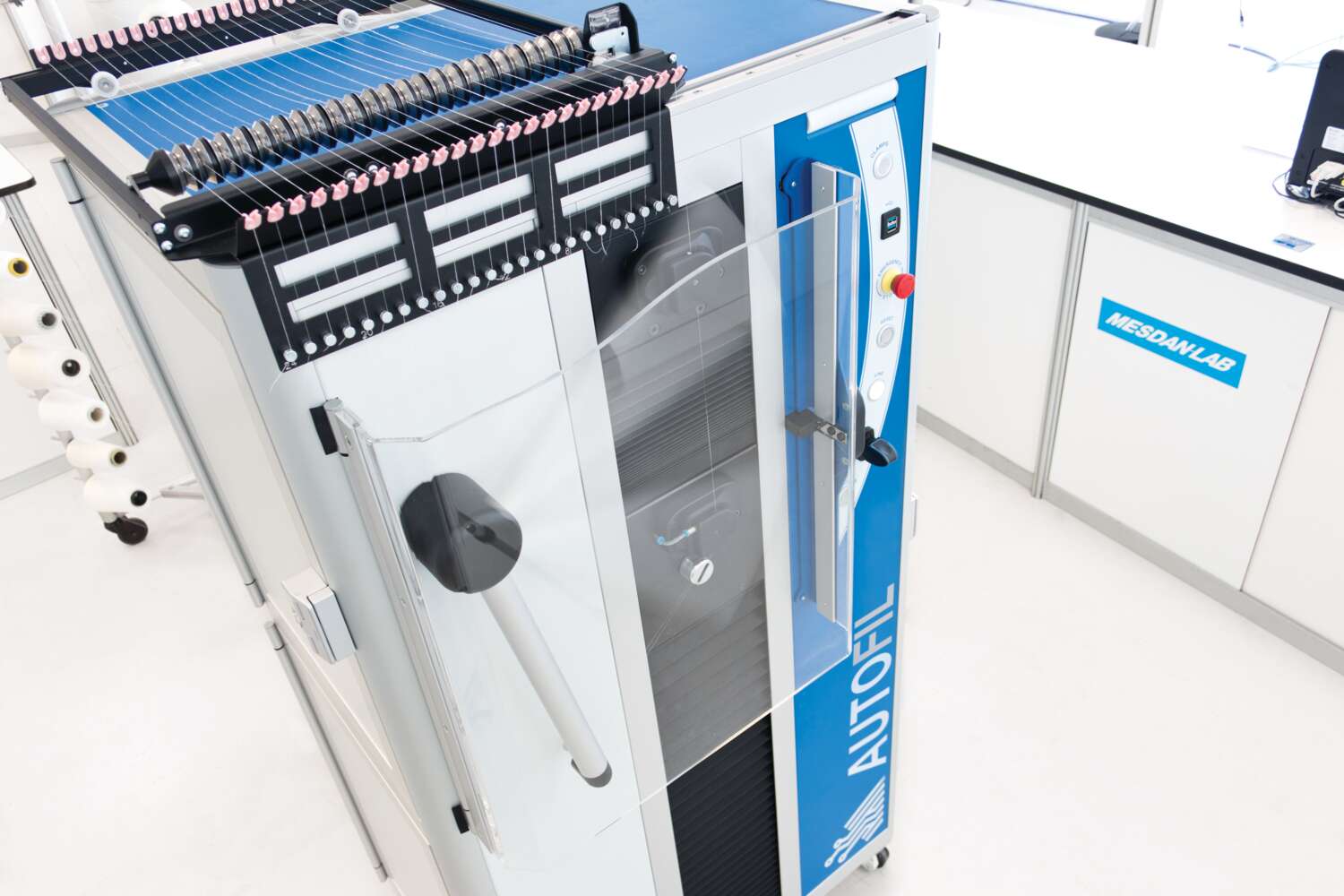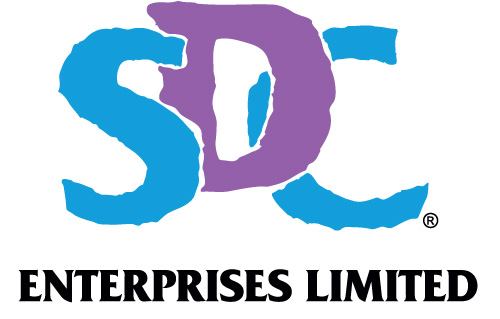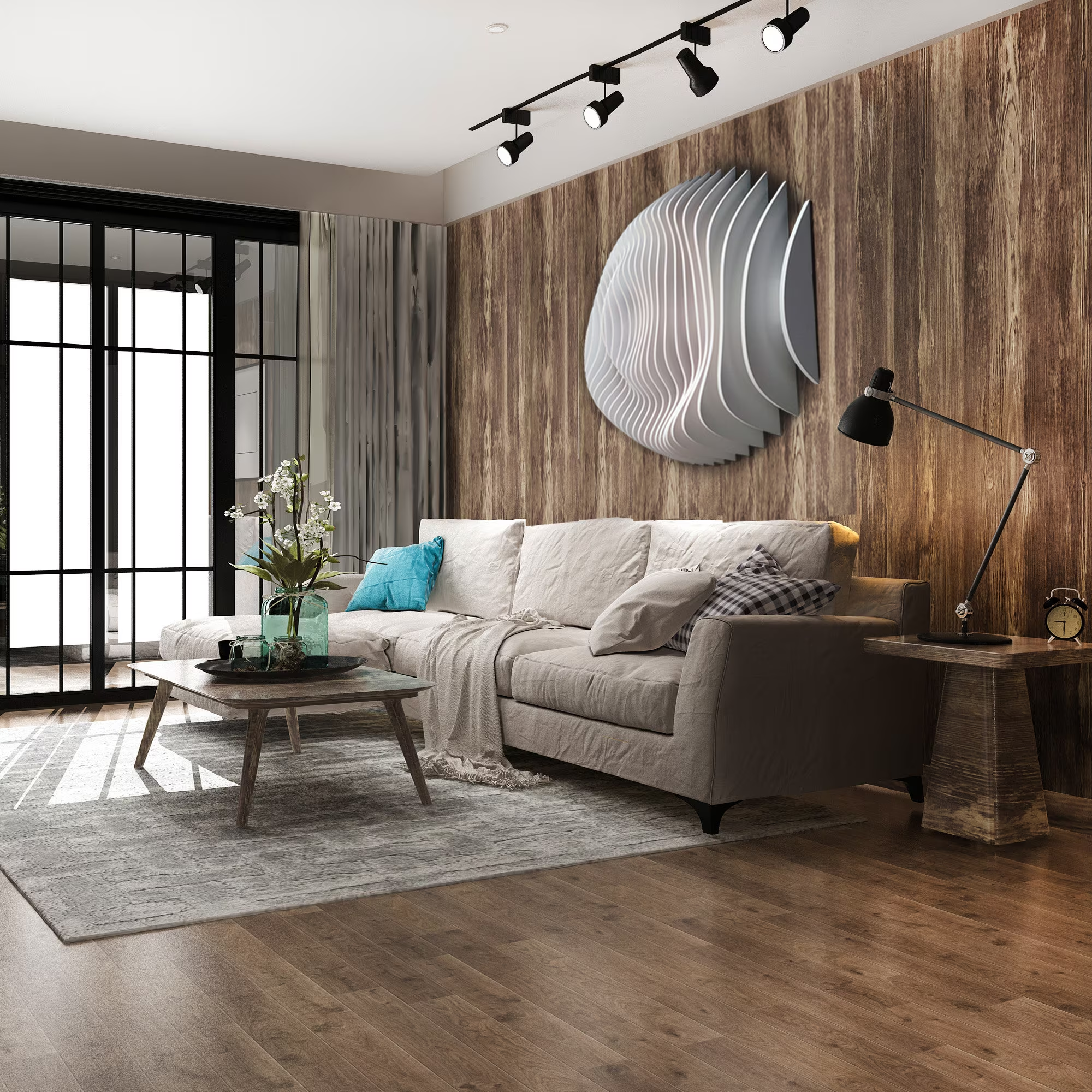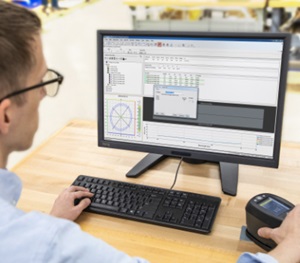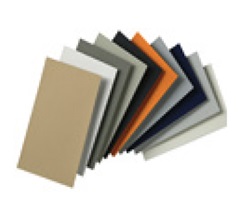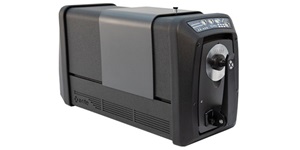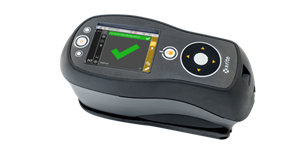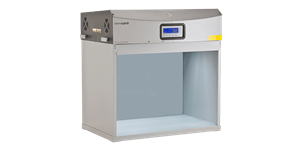Overview and Problem Statement
The Czech University (CZU) Department of wood processing and Biomaterials is a partner to the construction industry, providing a service for the evaluation of commercially available wood coatings and stains.
Services are used by manufacturers of wood coatings and wood stains that are used in the building industry and by the companies who use these stains and varnishes in the construction industry. Another industry that uses these services is the Automotive sector, which uses wood laminates on interiors which are always stained and or coated for protection.

The performance requirements of these coatings and stains fall into two equally-important categories:
1) Aesthetic – the appearance of the wood and its color
2) Protection - the coating needs to maintain the natural appearance of the wooden substrate while preventing failure modes like fading, cracking, and peeling of the coating or stain used. For clear coatings, the gloss loss is an additional important failure mode.
Within the construction industry, the coated or stained wood can be used in a lot of different orientations. Vertical and horizontal are the most common, though any orientation is possible based on the construction design. The primary climate is European. As this encompasses a very large range of climates - Sweden is very different from southern Spain, for example - the extremes of exposure conditions must be considered. The challenge for CZU is to determine the aesthetic and protective performance of wood coatings across these climates. To accomplish this, CZU provides a weathering testing service that encompasses accelerated lab testing and natural exposures so that performance can be correlated and a level of confidence in the service life of the coating can be understood.
CZU’s goals in working with Q-Lab were both to increase their weathering test business, as well as enhance their already-strong reputation as a leading academic organization in the field of wood processing and biomaterials. With the results achieved from performing laboratory testing using the QUV accelerated testing as well as natural outdoor exposures, CZU has become the test lab of choice for wood coatings and stains within the Czech Republic - their overall testing business has more than doubled, their customers base has increased by 150%, and profits have increased due to the low cost of operation of the QUV. Additionally, their published technical work from these weathering results has enhanced CZU’s stature as an academic organization with true expertise in weathering testing and analysis of wood coatings.
Testing Description and Results
Natural outdoor testing - Natural outdoor weathering testing is conducted using both 45 degrees South-facing as well as 90 degrees South-facing, as shown below.
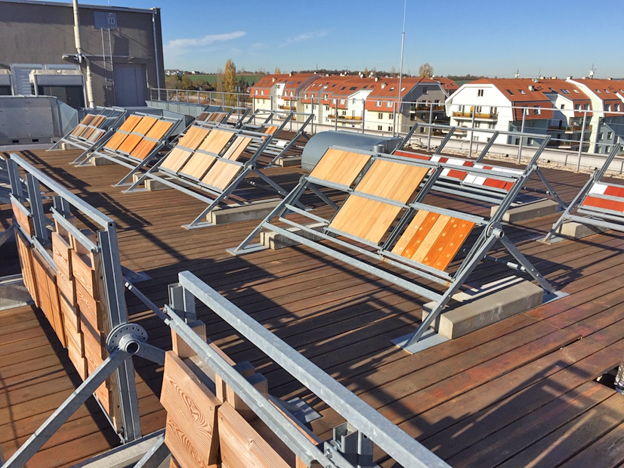
The 90-degree exposure is a simulation of the end-use environment. The 45-degree South-facing exposure is as specified in many international test methods for natural exposures such as ISO 877-1, ASTM G24, and EN 927-3.
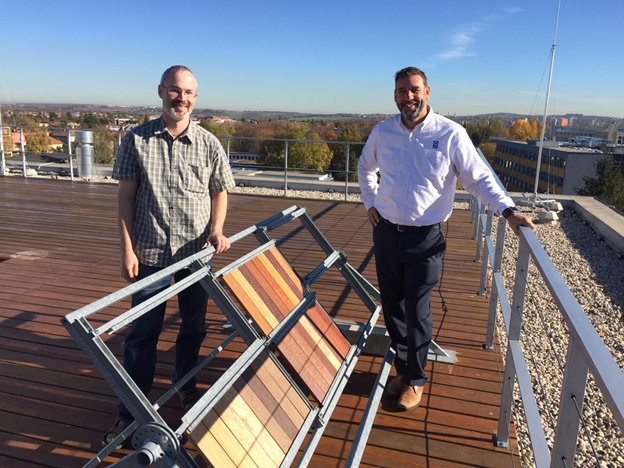
Pictured Miloš Pánek, CZU (Left) and Jim Regan, Q-Lab (Right) Specimens exposed using these tests show significant weathering degradation. Below are photos of wood coating specimens before and after exposure on the roof of the CZU building for 12 months:
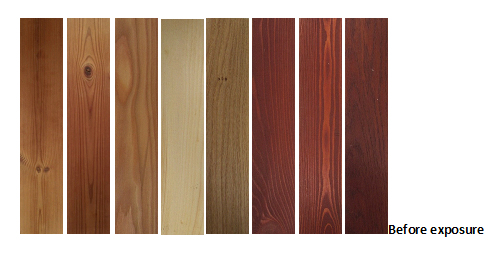
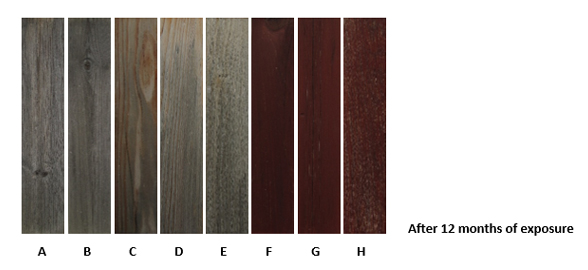
A – Spruce Thermowood without coating
B – Spruce Thermowood with oil-based penetrating coating
C – Larch with transparent oil-based coating
D - Spruce with transparent oil-based coating
E - Oak with transparent oil-based coating
F – Larch with pigmented oil-based coating
G - Spruce with pigmented oil-based coating
H - Oak with pigmented oil-based coating
Although degradation can be observed clearly after just one year, specimens can be exposed for up to a maximum of 3 years to determine the real-world performance in the Czech Republic. This data is used as the basis for comparison when results are obtained from the accelerated testing in the laboratory.
The temperature variations in CZ range from 35 °C in summer to -25 °C in winter. A coating needs to be able to withstand this wide temperature range, which is not seen everywhere in Europe. This extreme element of CZU’s outdoor testing is of interest to the building industry and the makers of the stains and varnishes.
Accelerated weathering testing
The QUV/Spray accelerated weathering tester is used for laboratory testing. The EN 927-6 cycle is performed for a 6-week or 12-week) period. The test specimens are prepared in the same way for accelerated and outdoor exposure, except for the specimen size. Additional temperature cycling in climate chambers (80°C and -25°C) is often performed each week. The results are shown below comparing results of natural and accelerated testing. 1

A – natural safflower oil
B – commercial transparent oil-based coating creating a thin layer
NW-natural weathering (in months)
AW – artificial weathering (in hours).2
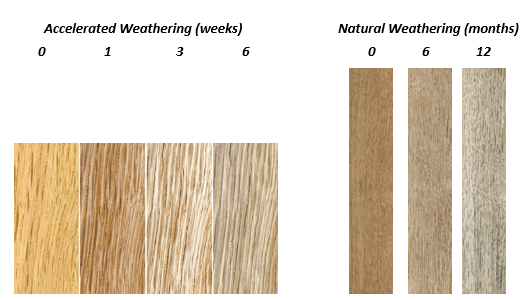
Oak – native without coating
The results from testing have indicated that different failure modes can be produced more effectively in different accelerated test devices. The QUV accelerated test is useful in predicting the failures seen in reality (rooftop in Prague) over three years and produces gloss loss failures very well. Some color changes are more accurate than others after QUV exposure, as the reactions of the wood species itself plus the coating degradation may interact to produce a macro effect. The surface roughness and species of the wood can also affect test acceleration.
Benefits of Testing
Since CZU purchased the QUV they have become the test lab of choice for wood coatings and stains within the Czech Republic, and their overall testing business has more than doubled. This is mainly because they can now offer accelerated testing performed in the lab for thousands of hours, which would take years outdoors. This capability has increased the number of customers by 150% and profits are increased due to the low cost of operation of the QUV.
Milos Panek has written several scientific articles that have been published based on this work and these have generated prestige and recognition for CZU as an academic organization. This was one of the goals of CZU. As a commercial testing organization, this has given CZU an edge within the Czech Republic, which continues to attract new customers. CZU have learned so much about the weathering performance of stains and wood coating that they are considered experts in this field.

